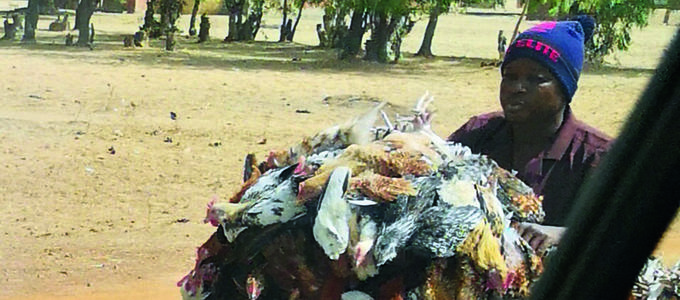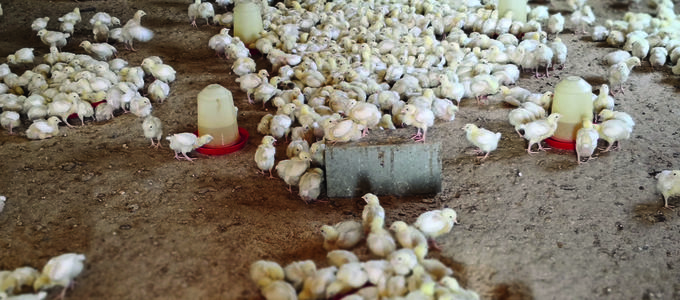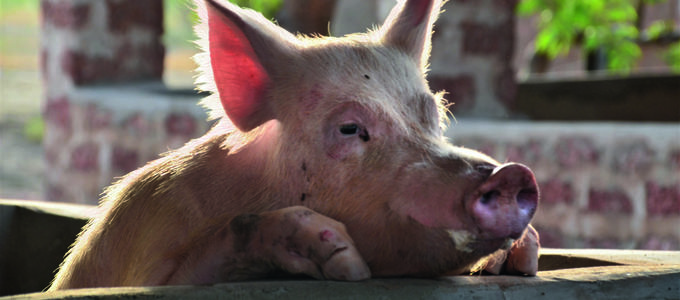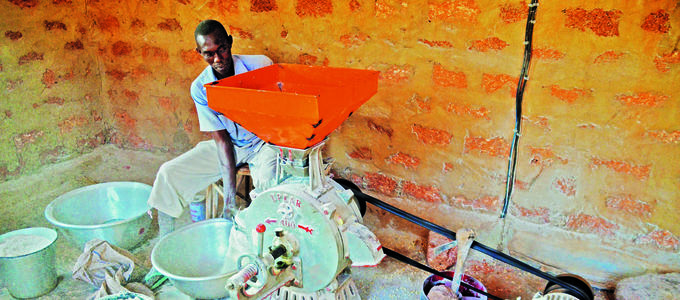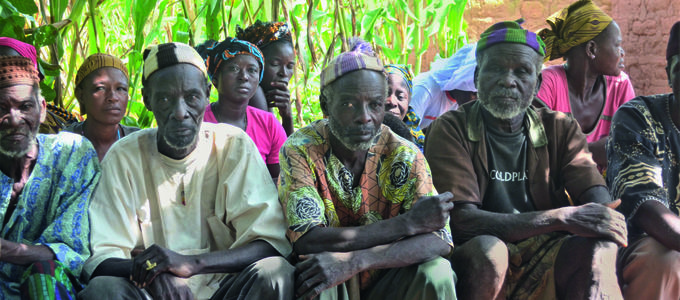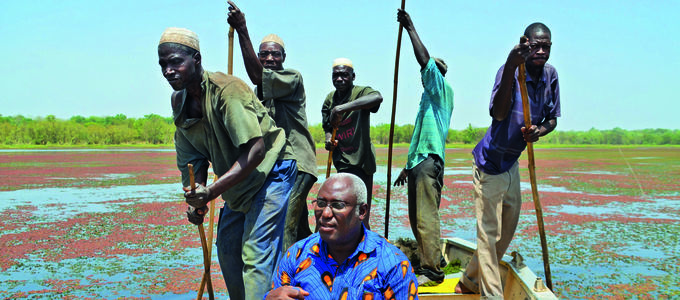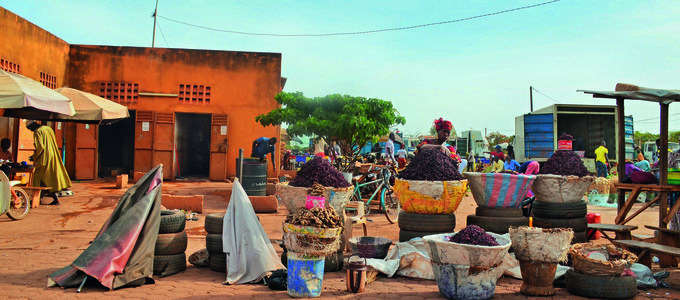
NAK-karitativ is applying a whole bundle of aid measures to help defeat the hunger crisis affecting the people of Burkina Faso. It began by cultivating sesame seeds and establishing farmers’ co-operatives, as well as savings and credit groups. Further relief measures are now underway…
Burkina Faso—which in translation means “land of the upright man”—is a West African nation in the sub-Saharan region that borders on Mali, Niger, Benin, Togo, Ghana, and the Ivory Coast. It was in 1960 that the former French colony then known as Upper Volta achieved its independence. In 1984, it was renamed Burkina Faso. Some 20 million people live in this country roughly the size of Germany. It is one of the poorest countries of the world. Often, the people live on less than one US dollar a day. On one hand, they suffer from recurring periods of famine and on the other hand, they are plagued by frequent floods caused by heavy rains in the rainy season. In addition, the people are burdened by increasing threats posed by the struggle for pastureland.
Taking up the fight against hunger
NAK-karitativ has undertaken several measures to help the people in the rural areas earn an income. It began in 2013, when the group introduced measures to counter a large famine in the south-east of the country by introducing the cultivation of sesame. Farmers were thus able to grow food for themselves in a sustainable fashion. The relief agency then went on to establish farmers’ co-operatives, as well as savings and credit associations. Together the members saved up money in order to be able to take out small loans from the group capital for their individual income projects.
The system worked well, and the groups were now in a position to take precautions against recurring food shortages. Pork is also very popular in Burkina Faso—some 20 percent of its gross national product is generated through the sale of farm animals such as pigs, chickens, and fish. In Burkina Faso, NAK-karitativ put the focus on animal husbandry, and the regional aid organisation known as Poteram Si Volebam has proven to be a good partner in this endeavour. Pig farms, community centres for poultry farming, and inland ponds for the fish industry have now been established in several locations.
Most of the time, pigs are farmed according to the traditional method in the villages: the residents raise the animals collectively on a communal area in the village. By taking on the simple work of caring for and herding the pigs, even people with little knowledge have the opportunity to earn some money. The pigs then spend the nights or the hot days in small, dark clay stalls, or tied to a stake. Pig farming around the town of Bobo-Dioulasse is becoming even more professional, as the Korrohogo and Great White species—which respond better to the intense heat and sun radiation—are bred and raised there. They also have a faster growth rate and produce larger litters.
Large stables have been built In the city of Dedougou, and farmers who focus exclusively on pig breeding have been trained and hired. A pig bred there can weigh as much as 80 kilograms. Any surpluses from sales are then passed on to the savings and loan groups. The assets accumulated in this manner are then made available to other farmers in the form of microloans. The system works well, and allows families to make use of these funds to finance their own small animal husbandry projects.
Poultry and fish farming
Before NAK-karitativ and its partner organisation started their work, the group known as Wend Naam, based near Kedougou (some 100 kilometres west of Ouagadougou), had only been able to operate its collective poultry farming project on a part-time basis in order to supplement their meagre income as welders, teachers, or kiosk-owners. “We must often send our children to bed hungry as a result of our low income,” the project leader was told again and again. In the meantime, statements such as this have become quite rare, as the situation has improved with the support of the aid agency.
After observing the market, the idea came up to build up a poultry farm on a plot of land in the village. The project began with 300 laying hens and 30 roosters. Guinea fowl were also bred. The eggs are hatched in twelve incubators, thus producing a supply of chicks for other customers. The station where the chicks are raised generates its own electricity with a solar power system. The poultry operation is also supplemented by vegetable farming during the dry season.
It is also worth taking a closer look at fish which, as a staple food in Burkina Faso, should never be missing from the table. Fish consumption provides the proteins that are essential for life, especially considering the malnutrition that is frequently encountered in the region. Fish production is also significantly cheaper than meat production. It is important to remember that Burkina Faso, as a landlocked country, is dependent on imports for fish. And that is expensive! After fish stocks rapidly declined due to overfishing and the pollution of the local rivers, the farmers’ group known as La Paix initiated a fishing project. The land for construction of the breeding stations has already been found and laid out accordingly.
The current situation
All four forms of food security (sesame, pork, poultry, and fish) require intensive support and encouragement. Project implementation is not always easy, as the difficult infrastructural conditions—such as interrupted supply chains for feed and seeds, falling groundwater levels, animal diseases, or inadequate vaccines—often cause great difficulties for smallholders.
Not every project runs smoothly from the start. The knowledge gained from these projects can be applied to other regions in West Africa. The COVID-19 pandemic has led to a tense food production situation in the West African countries. NAK-karitativ is preparing targeted aid measures.
This report appeared for the first time in the Unsere Familie magazine, issue 11|2020.







